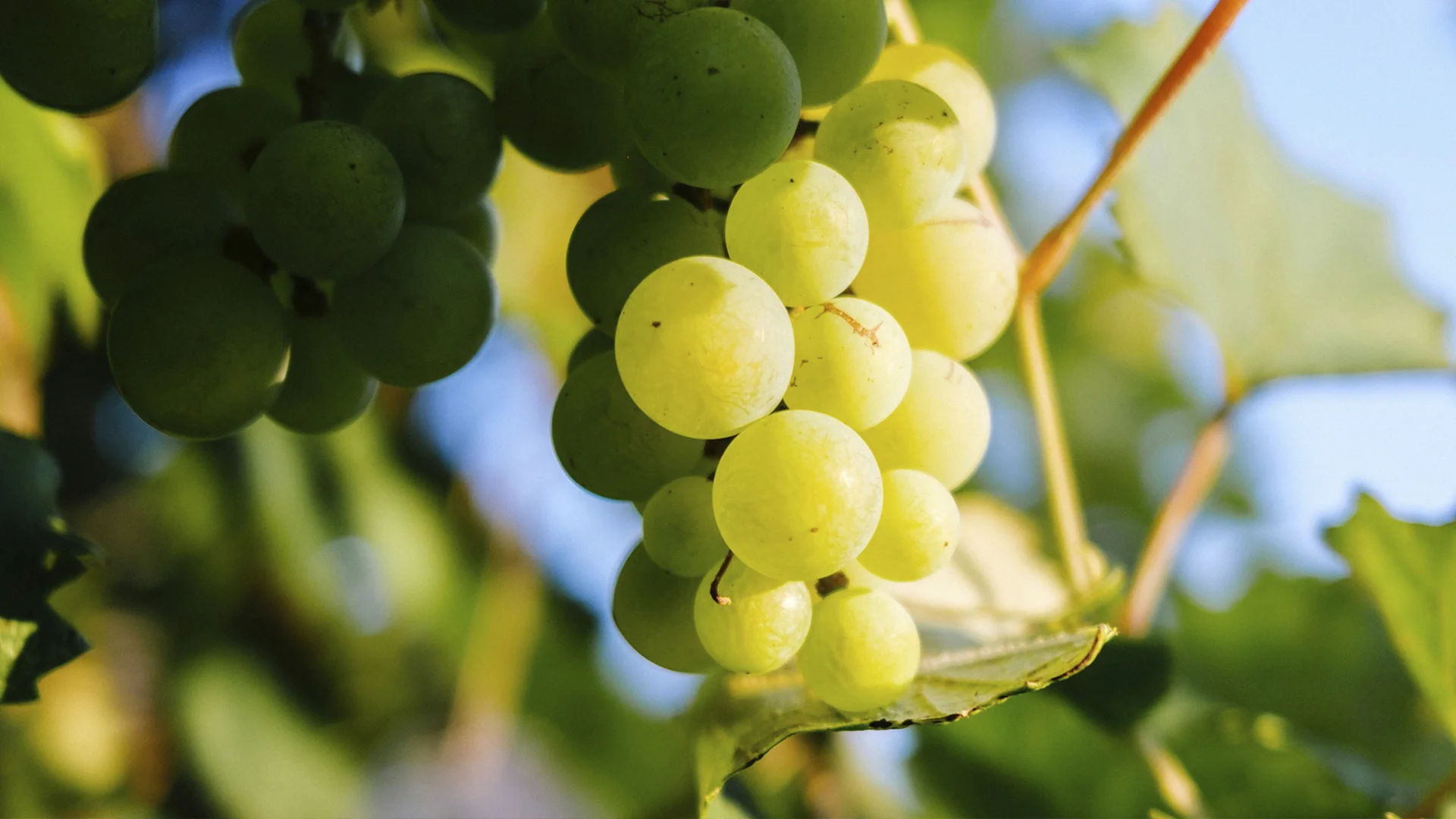
Grüner Veltliner isn’t just Austria’s most planted white grape — it’s the most planted variety in the country, a study in contrast, complexity, and charm.
Known for its crisp acidity, white pepper spice, and uncanny ability to pair with notoriously difficult foods, Grüner Veltliner (also known as green veltliner) has captured the attention of wine lovers around the world.
As the most important autochthonous grape variety in Austria, it holds a special place in the country’s vinous identity. This grape defines Austria's wine culture. Austrian wine, with Grüner Veltliner at its core, stands as a distinct and renowned category in the global wine landscape.
In this guide, we explore what makes this grape so distinctive, from its complex genetic history and post-war rise to the cool-climate conditions and soil types in which it thrives. We’ll explore how different Austrian regions shape their expression, why it has become a leader in sustainable viticulture, and highlight the world-class producers who’ve turned Grüner Veltliner into one of the most compelling white wine styles for food pairing on the planet.
Grüner Veltliner (pronounced “GROO-ner VELT-leen-er”) is Austria’s flagship white grape — a national icon that covers about one-third of the country’s vineyard area. The name literally translates to “Green Wine of Veltlin,” referencing a historical region in the Alps and hinting at its bright, green-tinged freshness. Its pale greenish-yellow colour reflects its style and age, adding to its visual appeal. Often labelled simply as Gruner Veltliner or Austrian Grüner Veltliner on international shelves, this grape offers zesty citrus, green apple, and a distinct hit of peppery notes, often with herbal, floral, or mineral nuances. These peppery notes are a signature characteristic of Grüner Veltliner, contributing to its distinctive taste profile.
It’s as versatile in style as it is in the glass — ranging from light and crisp everyday wines to textured, age-worthy bottlings that can rival Chardonnay or even Sauvignon Blanc. Standard Grüner Veltliner is typically characterized by high acidity, making it a refreshing wine. Grüner Veltliner's adaptability to diverse climates and soils, along with its distinctive flavour profile, has contributed to its global popularity. Its naturally high acidity makes it incredibly food-friendly, and its spicy edge gives it a flavour fingerprint unlike any other planted grape variety in the world.
Grüner Veltliner grapes are famous for pairing with so-called “problematic” foods — the kind that usually stump sommeliers. Weiner Schnitzel, asparagus, artichokes, and other green vegetables often overwhelm wine, but Grüner holds its ground. Grüner Veltliner pairs exceptionally well with classic Austrian dishes such as Wiener Schnitzel and sautéed kidneys. Its bright acidity complements fried and rich foods, making it a versatile choice for a wide range of dishes. It’s crisp enough to refresh, aromatic enough to stand up to spice, and structured enough to support rich dishes — making it a true planted variety with a purpose.
Austrian Grüner Veltliner is not just a trend; it’s a benchmark. Known for being particularly food-friendly, it is a common choice on restaurant wine lists. And for anyone exploring Austrian wines, this grape is an essential starting point — approachable, expressive, and unlike anything else in the glass. Years of Grüner Veltliner can develop complex flavours and tertiary aromas, such as honeyed and spicy notes, showcasing the wine's impressive aging potential.
Grüner Veltliner is a distinguished white grape variety, highly regarded in the wine world for its expressive and distinctive style. The Grüner Veltliner taste usually displays a vibrant mix of citrus notes, such as lime and lemon, along with a characteristic green pea nuance and a signature peppery note. Spices such as ginger, lime, and white pepper pair particularly well with this wine, enhancing its unique flavour profile.
Grüner Veltliner’s acidity is notably high, contributing to its refreshing, mouthwatering quality and ensuring these wines are almost always crafted as dry wine, with less than 1 gram of sugar per litre. The wine style spans from light, mineral-driven versions to richer, full-bodied styles that are age-worthy, yet most commonly settles into a medium-bodied profile. For optimal flavour and complexity, Grüner Veltliner is often enjoyed 3-6 years after the vintage date, allowing the wine to develop greater richness and hue.
One of the hallmarks of this variety is its aromatic intensity—offering a layered bouquet with elements of citrus, white pepper, and subtle spicy notes. As Grüner Veltliner matures, it can develop complex tertiary aromas, adding depth and notes reminiscent of nutty or honeyed tones, similar to those found in some aged dry Rieslings. The wine’s finish can range from clean and mineral to long and complex, depending on its style and origin.
This grape is deeply intertwined with Austria’s vinous heritage, making it an ideal pairing for classic Austrian dishes such as schnitzel, asparagus, and fresh spring vegetables. Grüner Veltliner matches well with seafood, especially sushi, and creamy sauces. The herbaceous character of the wine—often manifesting as hints of lentil, arugula, or green bean—enhances its food-friendliness and appeal across a variety of cuisines. Vegetables such as asparagus, artichoke, and green beans are particularly complementary to Grüner Veltliner.
Pairing food with Grüner Veltliner is a true delight for both chefs and home cooks, thanks to the wine’s high acidity, signature peppery note, and vibrant citrus notes. This is a white wine that doesn’t shy away from a challenge—its herbaceous character and spicy undertones make it a natural companion for classic Austrian dishes like Wiener Schnitzel and sautéed kidneys, where its crispness cuts through richness and enhances every bite.
But Grüner Veltliner’s talents don’t stop at traditional fare. Its zesty, green-tinged profile and lively acidity make it a standout with green peas, asparagus, and other spring vegetables—foods that can stump even the most seasoned wine professionals. The wine’s subtle spicy notes and citrus lift also pair beautifully with Asian-inspired dishes, seafood, and even nutty cheeses, offering a refreshing counterpoint to both bold flavours and delicate textures alike.
When choosing a Grüner Veltliner for your table, consider the wine’s style. Lighter, more zesty versions are perfectly served ice cold on warm days, bringing out their refreshing qualities and making them ideal for salads, vegetable dishes, and lighter fare. Richer styles, with their deeper stone fruit and spicy notes, can stand up to heartier dishes, roasted poultry, or even mildly spiced curries. No matter the occasion, Grüner Veltliner’s versatility ensures it will shine—proving once again why this veltliner is a favourite among those who love to experiment with food and wine pairings. So, next time you’re planning a meal, reach for a bottle of Grüner Veltliner and let its lively character elevate your dining experience.
Like many European grapes, Grüner Veltliner has a history that’s both mysterious and fascinating. DNA research shows it’s a natural cross between Savagnin (Traminer), which serves as one parent variety, and a nearly lost vine known as the St. Georgener-Rebe, discovered in Sankt Georgen, Burgenland in 2000. The second parent, thought to be a century-old variety, was found in St. Georgen am Leithagebirge, adding to the romanticism of Grüner’s roots.
Although now Austria’s most important white variety, Grüner isn’t closely related to other similarly named grapes such as Roter Veltliner or Frühroter Veltliner — despite the shared suffix. These are entirely distinct grape varieties, and Grüner stands proudly on its own genetic footing.
The grape was once called Weißgipfler until the name Grüner Veltliner first appeared in records in 1855. Over the years, it remained a relatively obscure, local grape until after World War II, when Austrian vintner Lenz Moser revolutionized viticulture with his high-training system. This innovation improved yield and quality, accelerating Grüner’s spread and lifting it from rural staple to the country’s most widely planted white grape.
Its global breakthrough came much later — in a dramatic 2002 blind tasting in London. In a moment that rocked the wine world, Grüner Veltliner triumphed over top white Burgundies, astonishing critics and elevating Austria’s reputation. That tasting marked a turning point, catapulting this formerly humble variety into the spotlight. Grüner Veltliner is also produced in the Czech Republic, Slovakia, and Hungary, and has seen growth in places like the United States and Australia. The first bottle of Grüner Veltliner produced in the United States marked a significant milestone for the grape's expansion into new markets.
Since then, Grüner Veltliner has become a symbol of Austria’s modern wine renaissance — a grape with deep roots, but a future that continues to unfold on the global stage.
Though it’s easygoing in the glass, Grüner Veltliner can be a bit demanding in the vineyard. It thrives in cool-to-moderate continental climates, particularly where diurnal temperature swings — warm days and cool nights — help grapes retain their crisp acidity while building flavour.
Austria’s climate, influenced by the Danube River, alpine winds, and forested hills, provides the perfect backdrop. Grüner is a mid- to late-ripening variety, often harvested in mid-October, and requires a long growing season to achieve balance between ripeness and freshness. Early spring is a critical period for shoot growth and vineyard preparation, as pruning and bud development set the stage for the rest of the season.
Soil matters greatly. Grüner has a special affinity for loess soils — fine, wind-deposited silt with excellent water-holding capacity. Grüner Veltliner thrives in loess soils, which offer a deep root depth and consistent drainage. In places like Wagram and Weinviertel, loess leads to broader, rounder wines with subtle herbal notes. On steep, rocky slopes in the Wachau or Kamptal regions, Grüner must work harder, often producing lower yields and more concentrated fruit. Here, gneiss, granite, and slate soils add a distinct mineral edge to the wines.
But it’s not all easy. Grüner is vigorous and high-yielding, which means growers must manage crops carefully. If not pruned and thinned properly, the wines can taste diluted. Strategic canopy management helps balance photosynthesis and air circulation, reducing disease pressure and allowing optimal sun exposure.
And disease can be a problem: downy mildew, chlorosis on calcareous soils, and fungal infections like Roter Brenner can plague the vines. For these reasons, Grüner requires attentive viticulture, but when farmed well, it reflects terroir with precision and honesty.
The grape’s spiritual home is Niederösterreich (Lower Austria), which includes Austria’s most prestigious white wine regions. The Wachau region, in particular, is renowned for its high-quality Grüner Veltliner, with steep hillside vineyards and a unique climate that contribute to the production of premium wines classified as 'Smaragd,' 'Federspiel,' and 'Steinfeder.' Grüner Veltliner is planted extensively in the Weinviertel region, which contains more than half of Austria’s Grüner Veltliner vineyards. Notable wineries, such as those in the Kamptal and Wachau, showcase the diversity of styles and expressions found across these regions. Each subregion reveals a distinct aspect of Grüner Veltliner’s character.
Outside Austria, Grüner Veltliner is spreading — and thriving in select cool-climate corners:
Grüner Veltliner is a terroir chameleon — while maintaining its spicy fingerprint, it adapts to its surroundings. Think of it as a grape with an accent: it always speaks Grüner, but with a local dialect.
In Austria, sustainability isn’t optional — it’s a philosophy. The country’s Sustainable Austria program sets strict standards for eco-conscious viticulture. Many Grüner producers farm organically, biodynamically, or according to integrated pest management principles.
Grüner benefits from cover cropping, which helps prevent erosion, attract beneficial insects, and regulate vine vigour. In steep vineyards like those in Wachau, these practices are crucial for soil stability. Because Grüner is susceptible to disease, many growers have also adopted low-input, preventive farming, using sulphur, copper, or natural teas to protect the vines.
Climate change poses significant challenges: hotter summers, erratic rainfall, and earlier harvests can alter acidity and disrupt balance. Some vintners are adapting by shading grape clusters with leaf cover, adjusting pruning schedules, or planting later-ripening varieties, such as Furmint, alongside Grüner.
Austria is also exploring PIWI varieties — fungus-resistant hybrids — to reduce the use of chemicals. While Grüner itself is not a PIWI, its importance has spurred innovation, including crossbreeding efforts like “Donauveltliner” to future-proof its legacy.
Grüner Veltliner is a grape that breaks the mold. It’s bold, spicy, and wildly expressive, yet accessible and delightfully drinkable. It’s a wine geek’s secret weapon and a weeknight dinner hero. From $15 bistro sips to cellar-worthy icons, it’s as multifaceted as it is fun.
Think of Chardonnay as the violin and Riesling as the piano — then Grüner is the peppery trumpet: bright, brassy, and impossible to ignore.
If you haven’t explored Grüner yet, it’s time. Try a zippy Weinviertel DAC, a rich Wachau Smaragd, and an upstart from New Zealand or Adelaide Hills. Taste the range, feel the acidity, and let Grüner surprise you.
Because in a world of wine sameness, Grüner Veltliner stands tall — green gold with a rebel streak.
Prost!

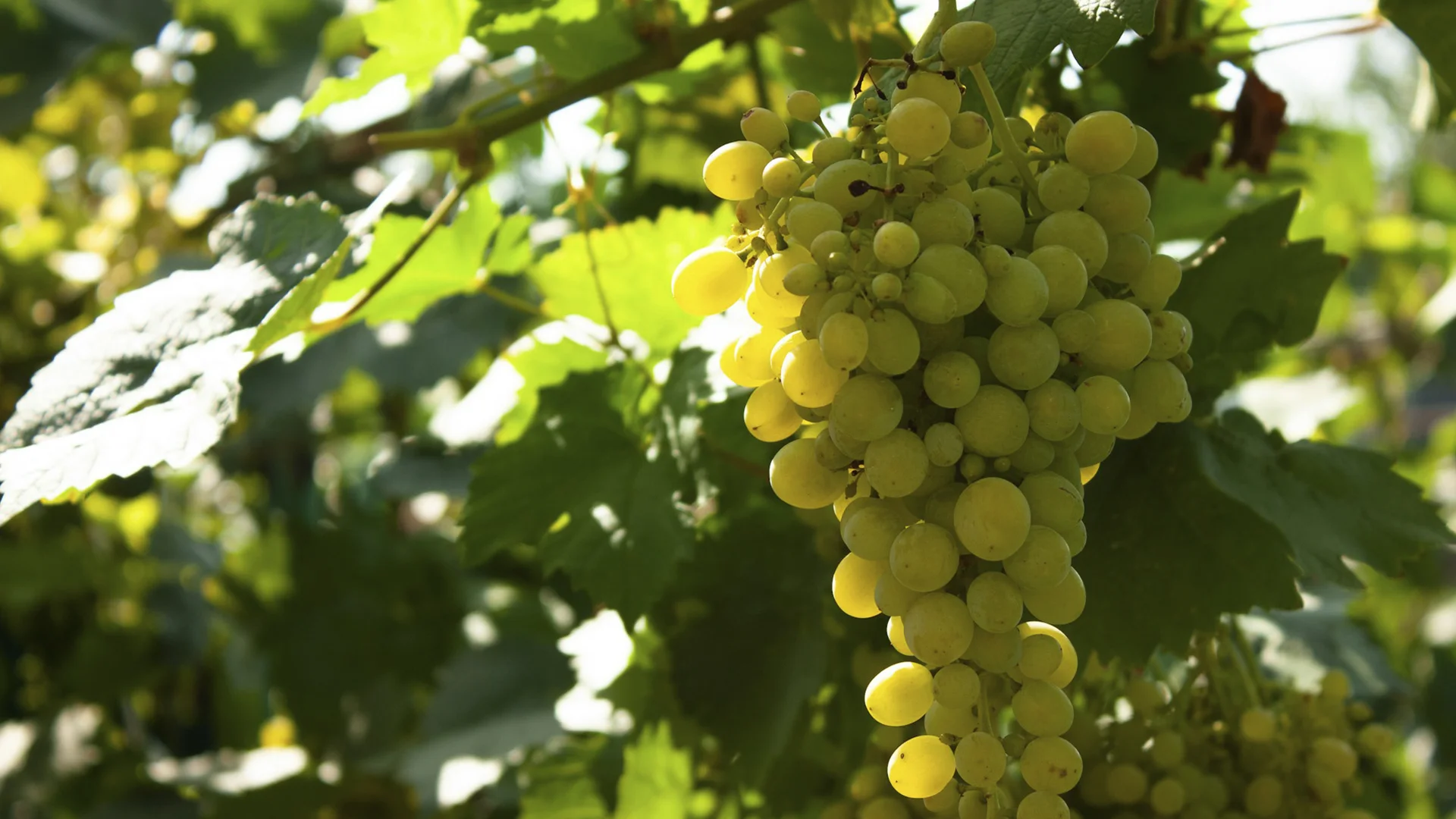
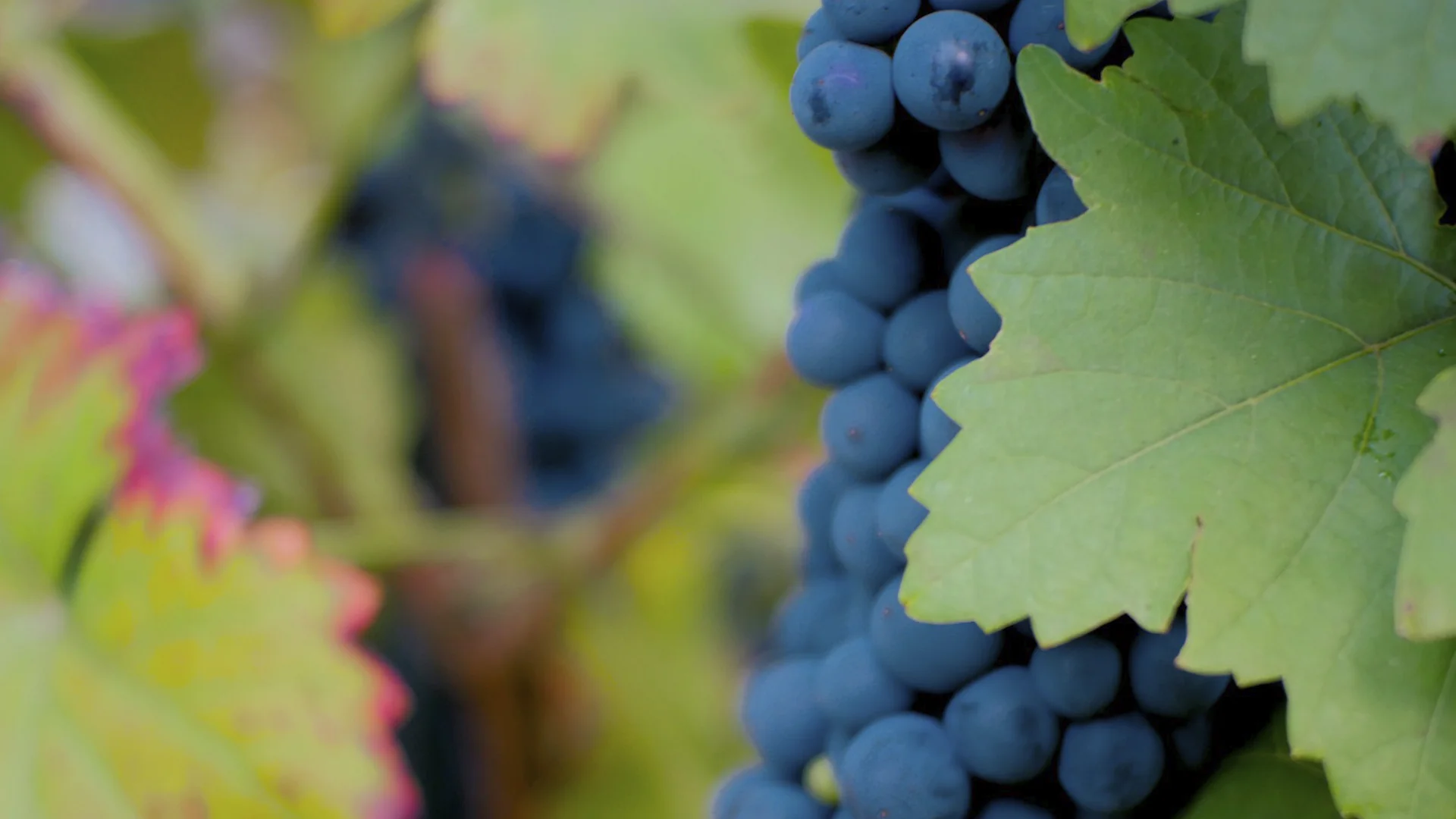
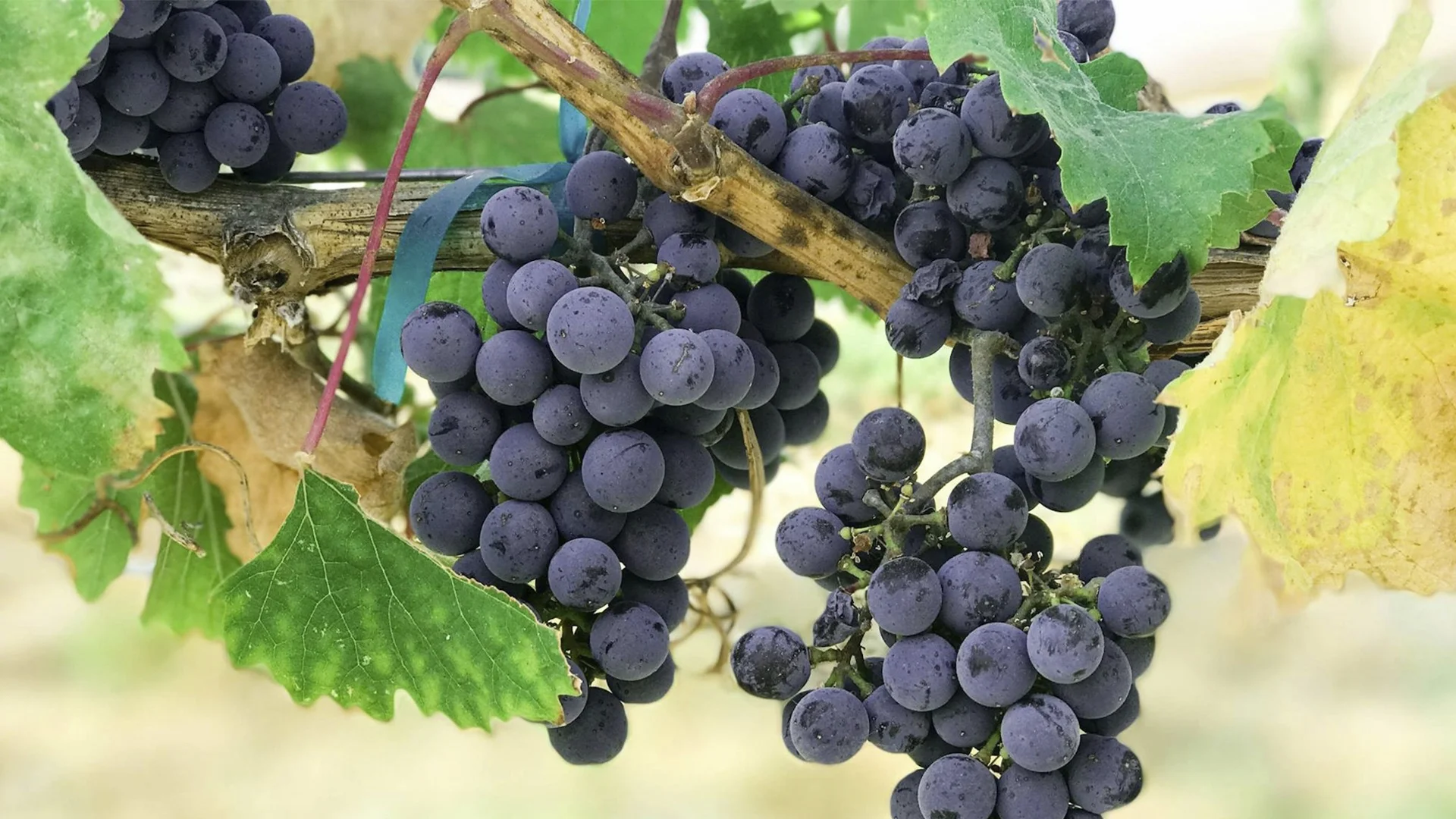
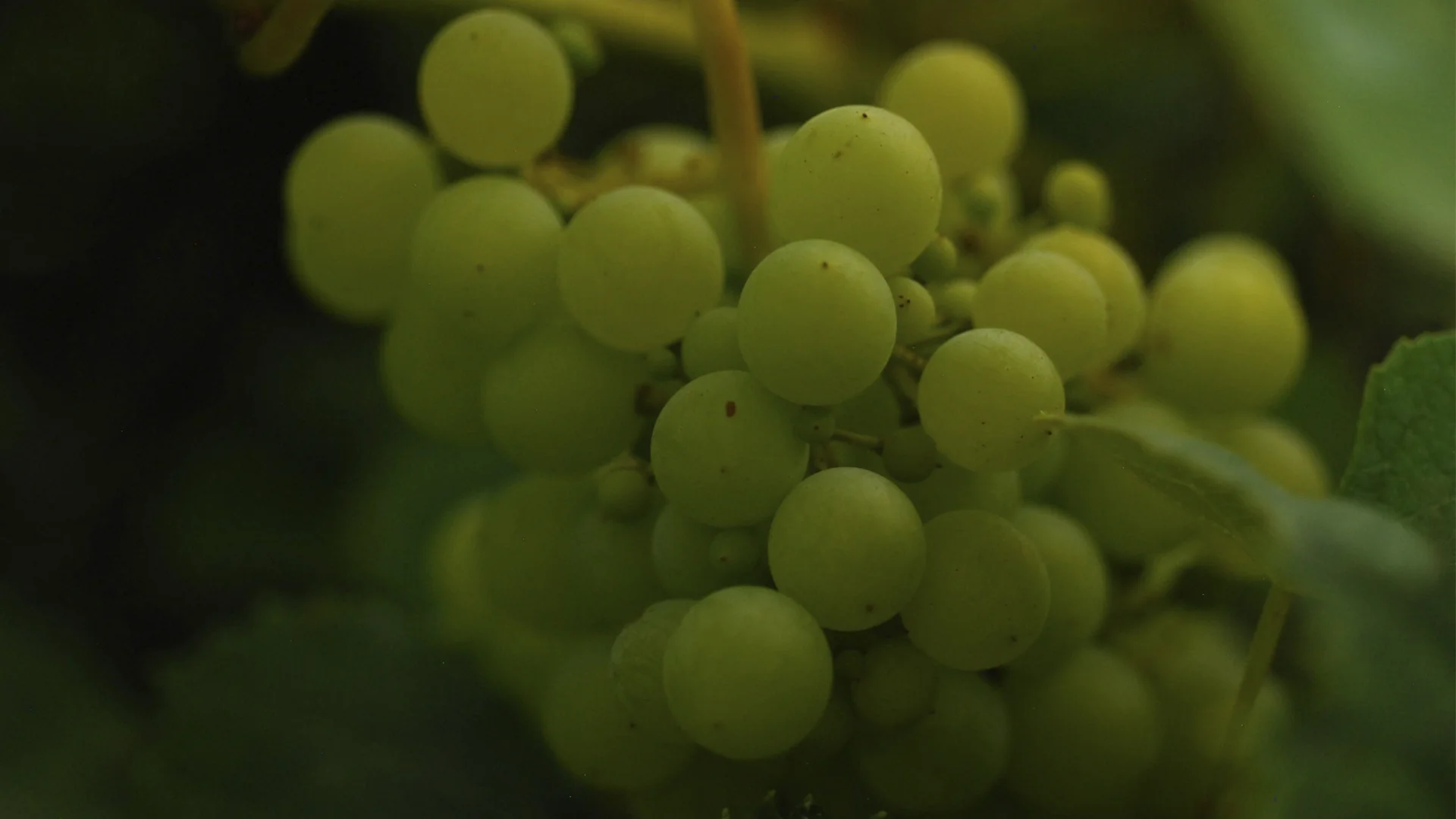
























































































.webp)

.webp)





Are you interested in
collaborating with us?